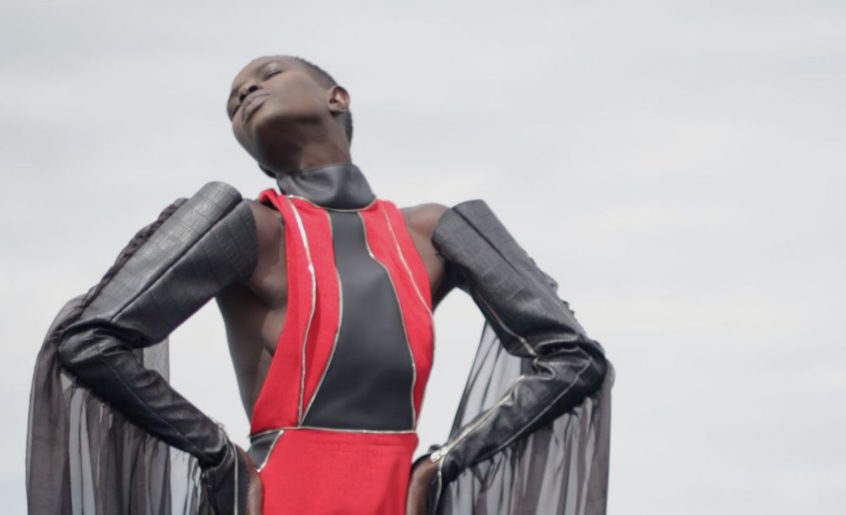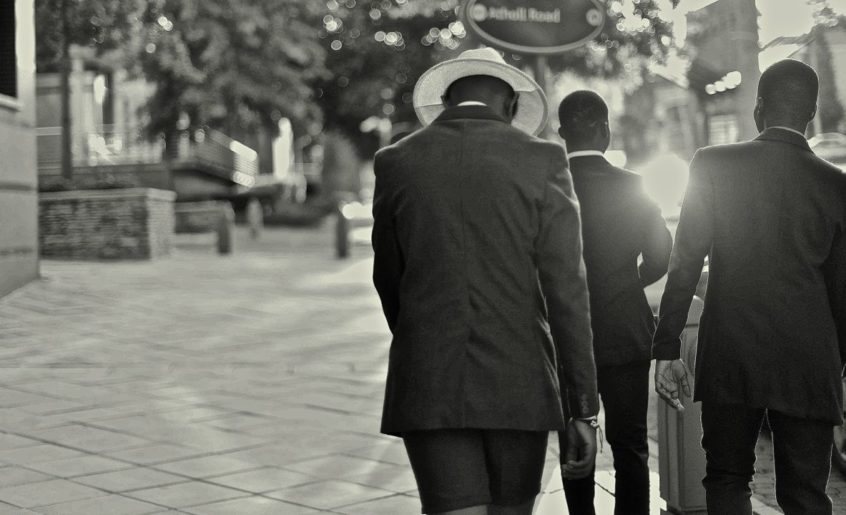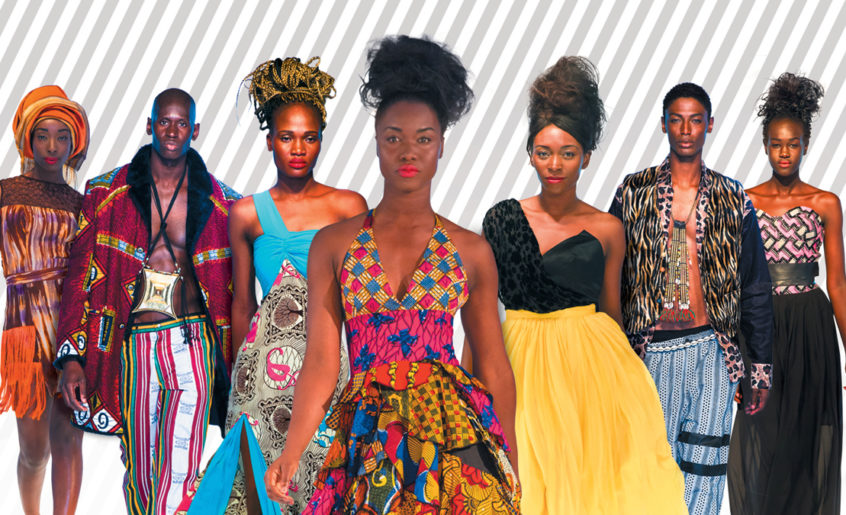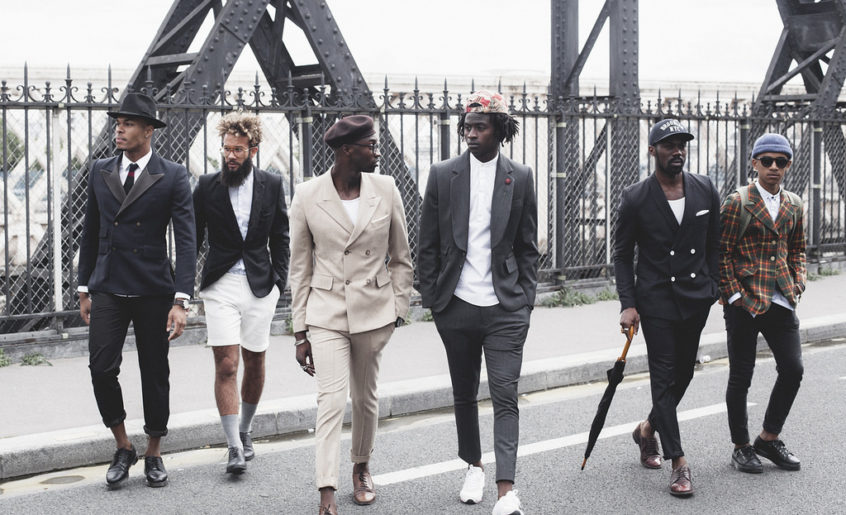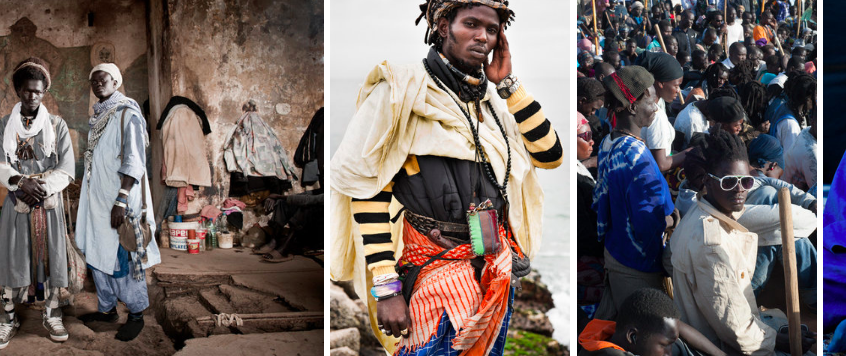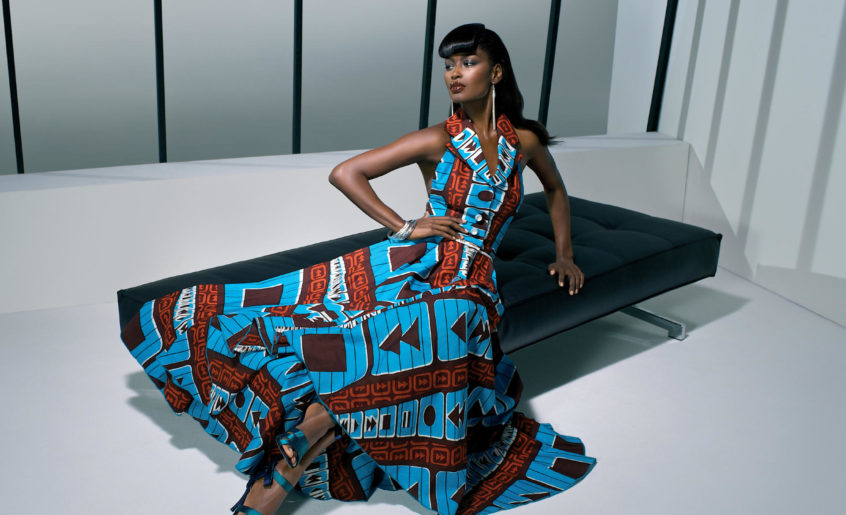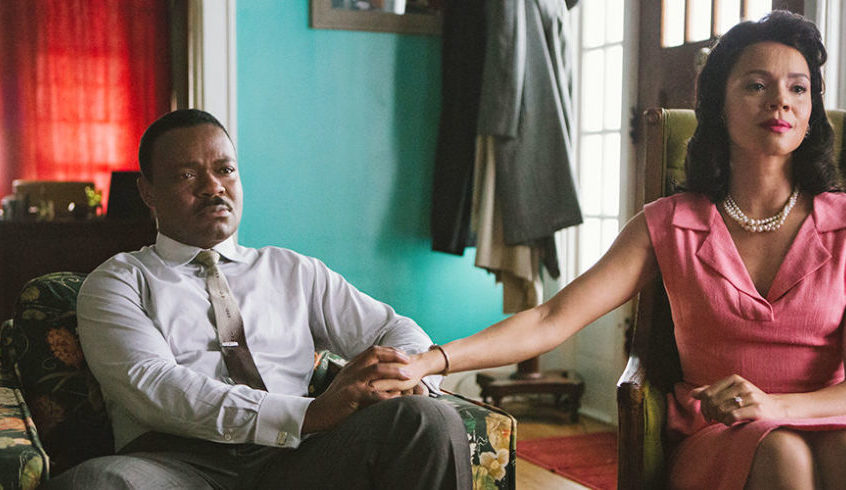Recently, I have had the pleasure to get back in touch with some wonderful colleagues from my previous research project (conducted at the Centre for Digital Cultures of Leuphana University) on audiovisual paratexts. They invited me to contribute to their blog Watching the Trailer that investigates the viewing/consuming context of trailers (what place, what media, what else is occurring and what comes after), and …
In her most recent publication, Victoria L. Rovine analyzes African fashion as a manifestation of African artistic expression. Beginning her study with the remark that ‘fashion tells stories’, the scholar follows in the path of an array of other eminent scholars in suggesting that dress is a form of communication (see, for example, Calefato 2004), whose powers of persuasion rely …
Last week South African photographer and video-maker Anthony Bila released a new volume of his yearly series “Black History March.” The 3-minute video features the fashion duo Sartists and pays homage to 1950s fashion with beautiful visuals and the dandies’s classic styling. Following a project that they have been pursuing for some time and independently of each other, Bila and the Sartists join forces to …
Visuals Yinka Shonibare – Diary of a Victorian Dandy, 1998 Video From Dapper to Dope panel at Schomburg Center. A conversation on black masculine style in Harlem steered by Michaela Angela Davis.
To celebrate its ninetieth anniversary, the next issue of The New Yorker will come out in nine different covers. Each one was handed to an artist with the task of re-imagining the iconic drawing, showing a gentlemen with the beaver hat and monocle (a.k.a.Eustace Tilley), that appeared on the magazine’s first cover of February 1925. One of the nine covers is an oil painting by Kadir …
These past few days I have come across two (more) articles documenting the success of African fashion with Western customers, one by a niche publication, and another one by a major news platform. In both cases, ‘African dress’, a rich signifier encompassing a host of different practices and trends, is reduced to a very specific and limited typology of sartorial fashion, aimed predominantly at …
Dynamic Africa, a platform that focuses on the popular culture and visual aesthetics of contemporary Africanness, has recently reblogged on its Tumblr account a photostory by Jérémy Barniaud on black male fashion. No garment openly invokes ‘traditional’ African items, but the creative syncretism that fuses past and present sartorial languages recalls the hipster aesthetics of acclaimed street style icons from the continents, like Loux …
It is hard to come by information on the vestimentary practices of the Muslim brotherhood of the Baye Fall in the popular press, but last month Nicole Crowder published an article about it in The Washington Post that I will index as an updated reference on the subject of African fashion and devotion. ‘The roots of fashion and spirituality in Senegal’s Islamic brotherhood, the Baye Fall’ is a …
A few days ago, the Dutch textile company Vlisco released its new themed collection of wax-print materials, entitled “THINK”, triggering an outpour of excitement on social media and lifestyle publications. For its first release of the year Vlisco created a motif of lines and geometrical figures whose minimalistic patterns are “inspired by the architectural world of Bauhaus”. The collection’s “clever colouring”, that includes newly-created …
A couple of weeks ago, The Root published an article by Prof. Tanisha Ford (University of Massachusetts Amherst) about the costume design of Ava DuVernay’s Selma. I only found out about it yesterday and rushed to read it. It is a valuable bibliographic reference, as well as an example of academic research applied to journalism. I loved to read it. As a historian of fashion and the …
